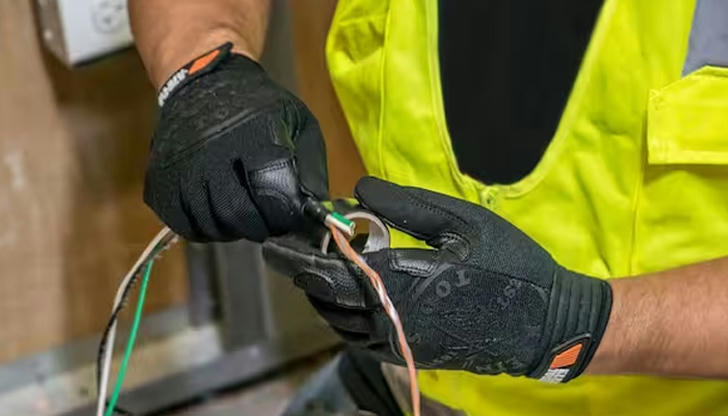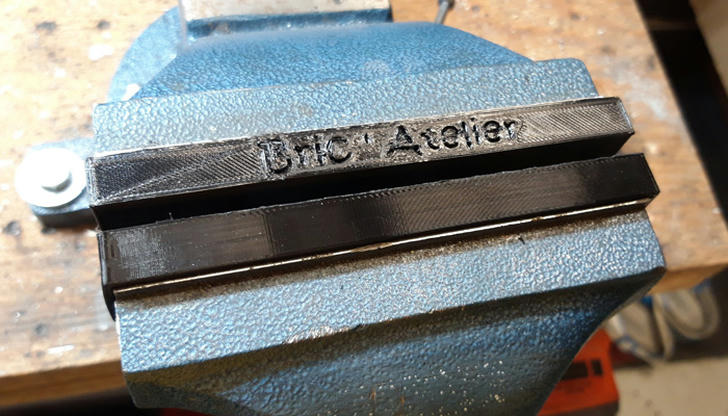Be the Master, Not the Disaster: Essential Safety Tips for Hand and Power Tools

Taming the toolbox and conquering DIY projects with hand and power tools is a satisfying experience. However, alongside the sense of accomplishment comes the vital responsibility of prioritizing safety. A moment's carelessness can turn a fun project into a trip to the emergency room. Here's your comprehensive guide to ensuring safe and successful tool use at home:
Preparing for Safe Tool Handling
1. The Right Tool for the Right Job:
It might sound obvious, but misusing tools is a recipe for disaster. A screwdriver can't pry open a can of paint, and a hammer shouldn't be used for delicate electrical work. Using the wrong tool can damage it, the project, and most importantly, you. Invest in a good set of basic hand tools and research the appropriate power tool for specific tasks.
2. Inspection is Prevention:
Just like your car needs a regular checkup, tools require inspection before each use. Look for any tell-tale signs of trouble:
Loose Parts: A wrench with a wobbly head or pliers with loose jaws are accidents waiting to happen. Tighten any loose screws or bolts, and if the tool itself is faulty, replace it.

Cracked Handles: Wooden handles with cracks can splinter and metal ones can break, potentially causing injury. If the handle feels compromised at all, don't use it.

Dull Blades: Dull blades require more force to use, increasing the risk of slipping or losing control. Sharpen knives, chisels, and saw blades regularly for optimal safety and efficiency.
Electrical Damage: For power tools, inspect cords for fraying, cracks, or exposed wires. Look for damaged plugs or loose connections in the tool itself. Never use a power tool with a compromised cord – it's a fire and shock hazard.

3. Knowledge is Power (Tool Power, That Is):
Don't underestimate the power of a good user manual. Take the time to read and understand the specific instructions for each tool you plan to use. This includes proper operation techniques, safety precautions, and recommended maintenance procedures.
4. Gearing Up for Safety:
Personal Protective Equipment (PPE) is your first line of defense against potential hazards. Here's what to consider:
Safety Glasses: Flying debris, sparks, and dust are common occurrences when using tools. Always wear safety glasses that meet ANSI Z87.1 standards to protect your eyes.

Gloves: Depending on the tool and task, gloves can protect your hands from cuts, blisters, splinters, and electrical hazards. Choose the right type of glove for the job, such as leather for heavy-duty work or nitrile for electrical work.

Ear Protection: Power tools can generate significant noise levels. Continuous exposure can lead to hearing damage. Use earplugs or earmuffs to protect your hearing.

Dust Mask or Respirator: Dust from sanding, drilling, or cutting can irritate your lungs. When working with materials that create a lot of dust, wear a dust mask or respirator with appropriate filters.

Safety Tips While Using Tools
1. Clear the Workspace:
A cluttered workspace is an accident waiting to happen. Clear your work area of debris, tools you're not using, and anything that could cause you to trip or stumble.
2. Lighten Up:
Good lighting is essential for safe tool use. Ensure your work area is well-lit so you can see what you're doing clearly.
3. Secure Your Workpiece:
A loose workpiece can shift unexpectedly, leading to loss of control and potential injury. Use clamps or a vise to hold your work securely in place, freeing up your hands to focus on the tool.

4. Mind Your Surroundings:
When using power tools or launching projectiles with tools like hammers, keep bystanders at a safe distance to avoid accidental injuries.
5. Respect the Cord:
Never carry a power tool by the cord or hose. This can damage the cord and increase the risk of electrical shock. Always unplug the tool before grabbing the cord to move it.
By following these essential safety tips, you can transform your toolbox into a trusted partner, not a potential hazard. Remember, safety is not an afterthought; it's the foundation for successful and enjoyable DIY projects. With a little preparation, knowledge, and respect for the tools you're using, you can turn your home improvement dreams into reality without turning your project into a disaster. Now, go forth and conquer those DIY challenges, but always conquer them safely!
